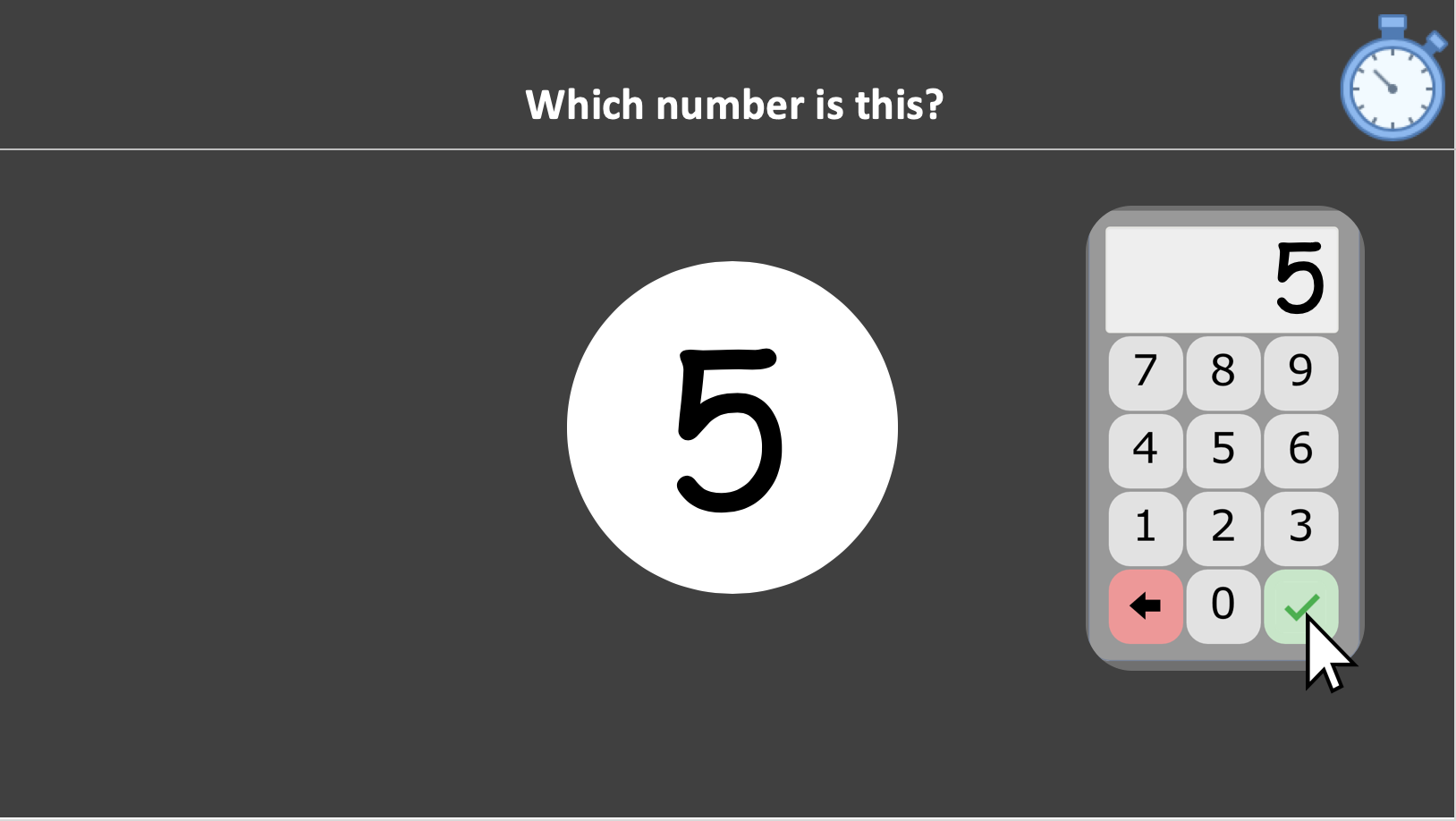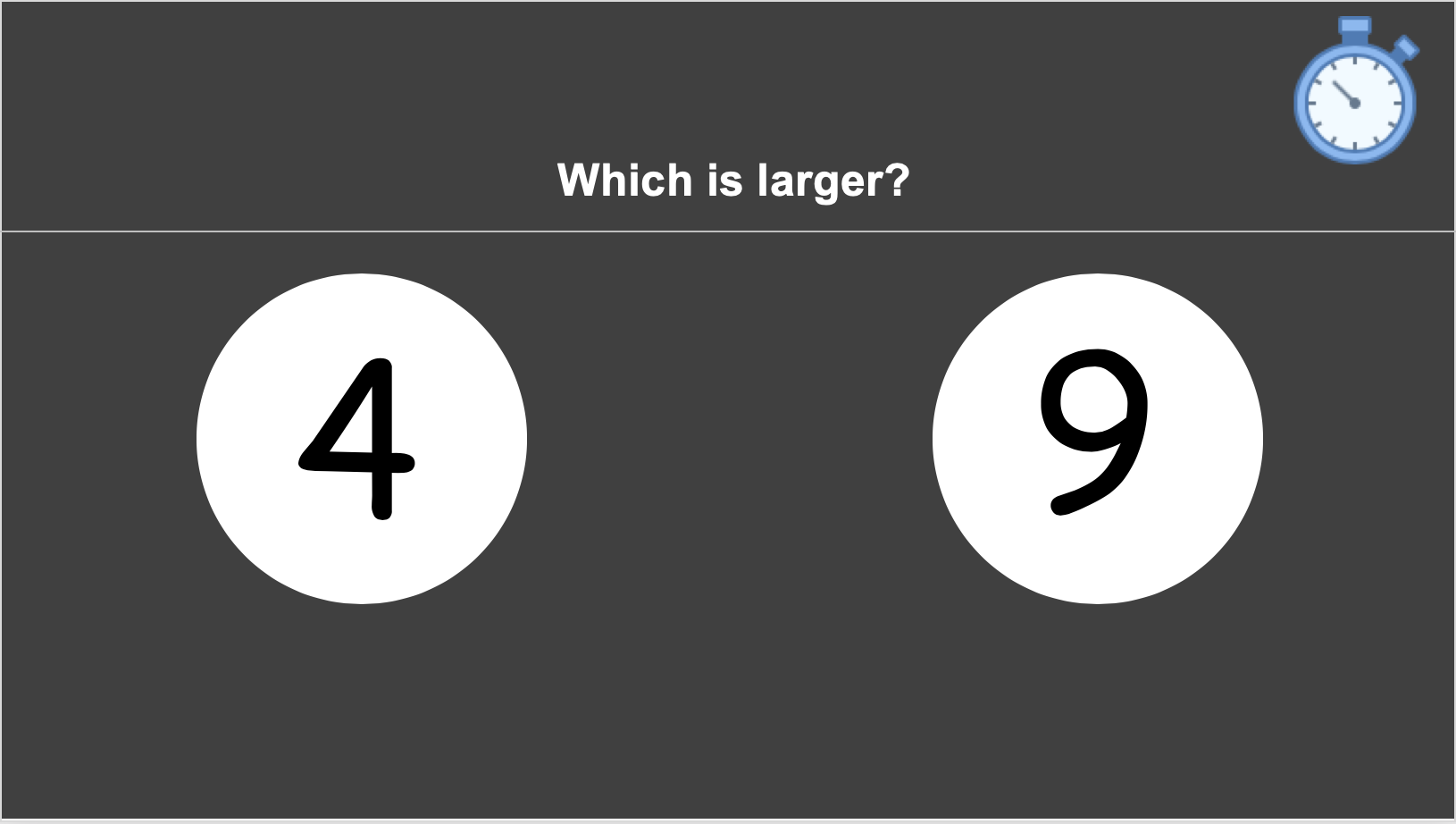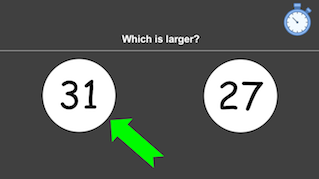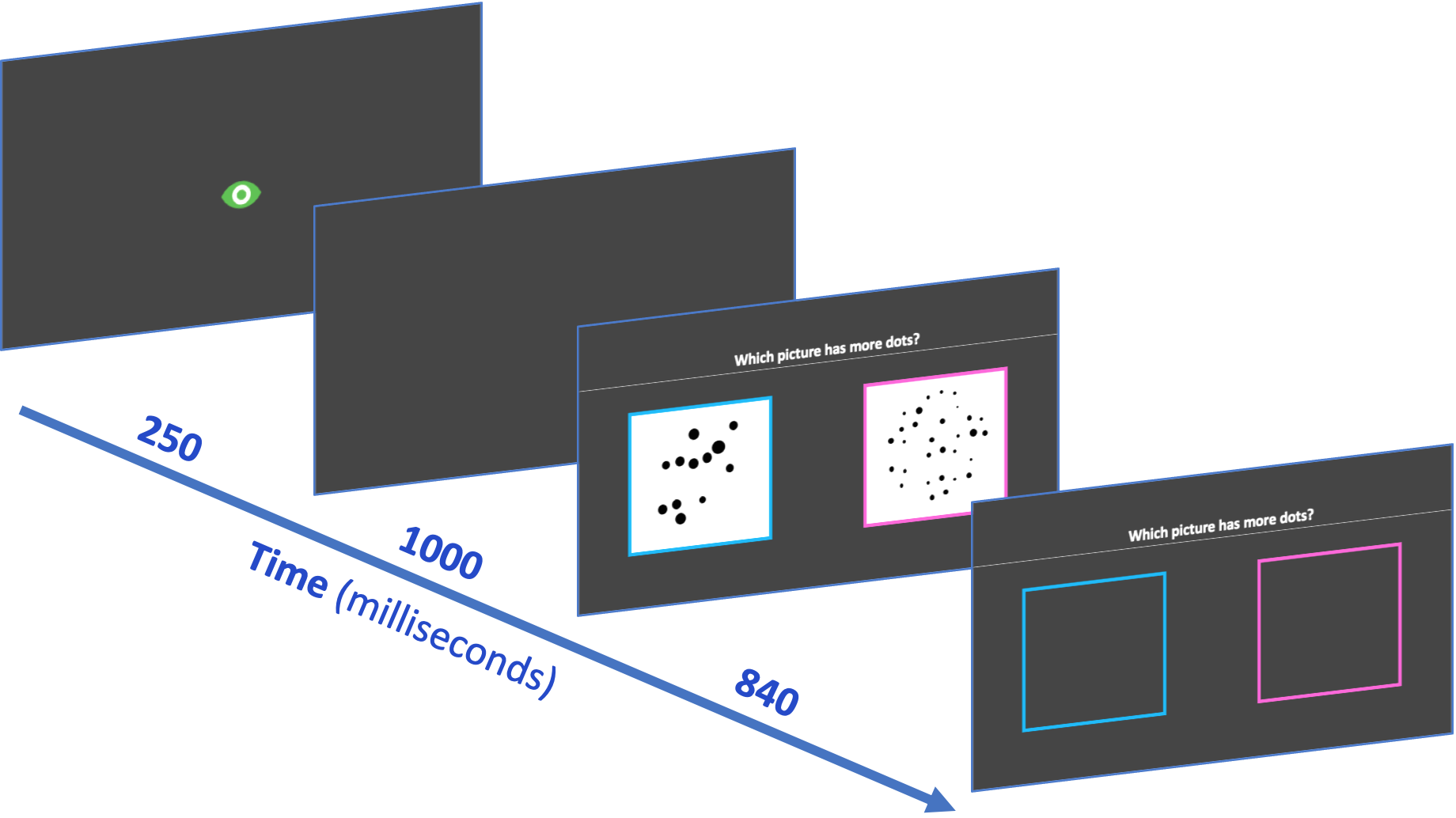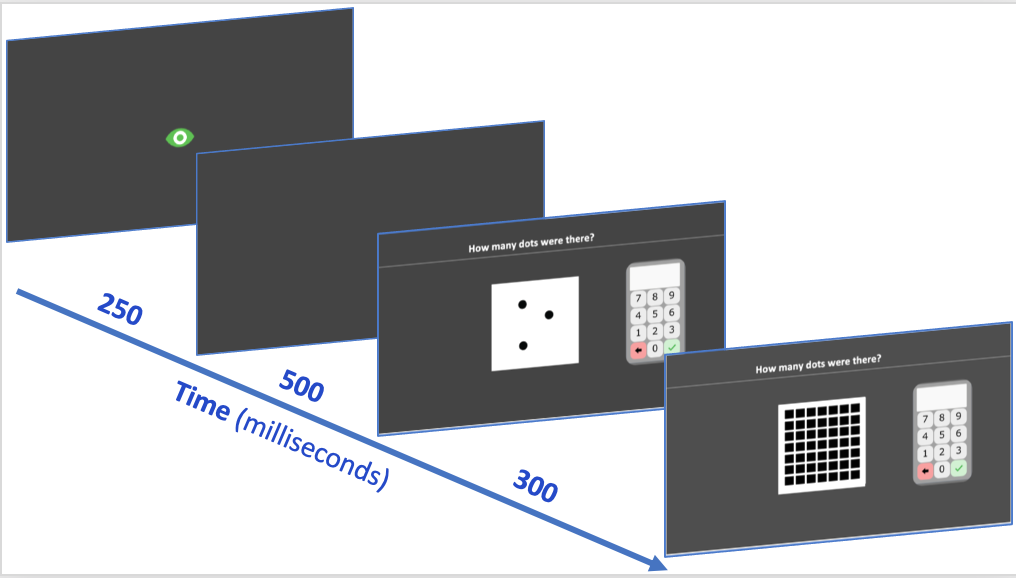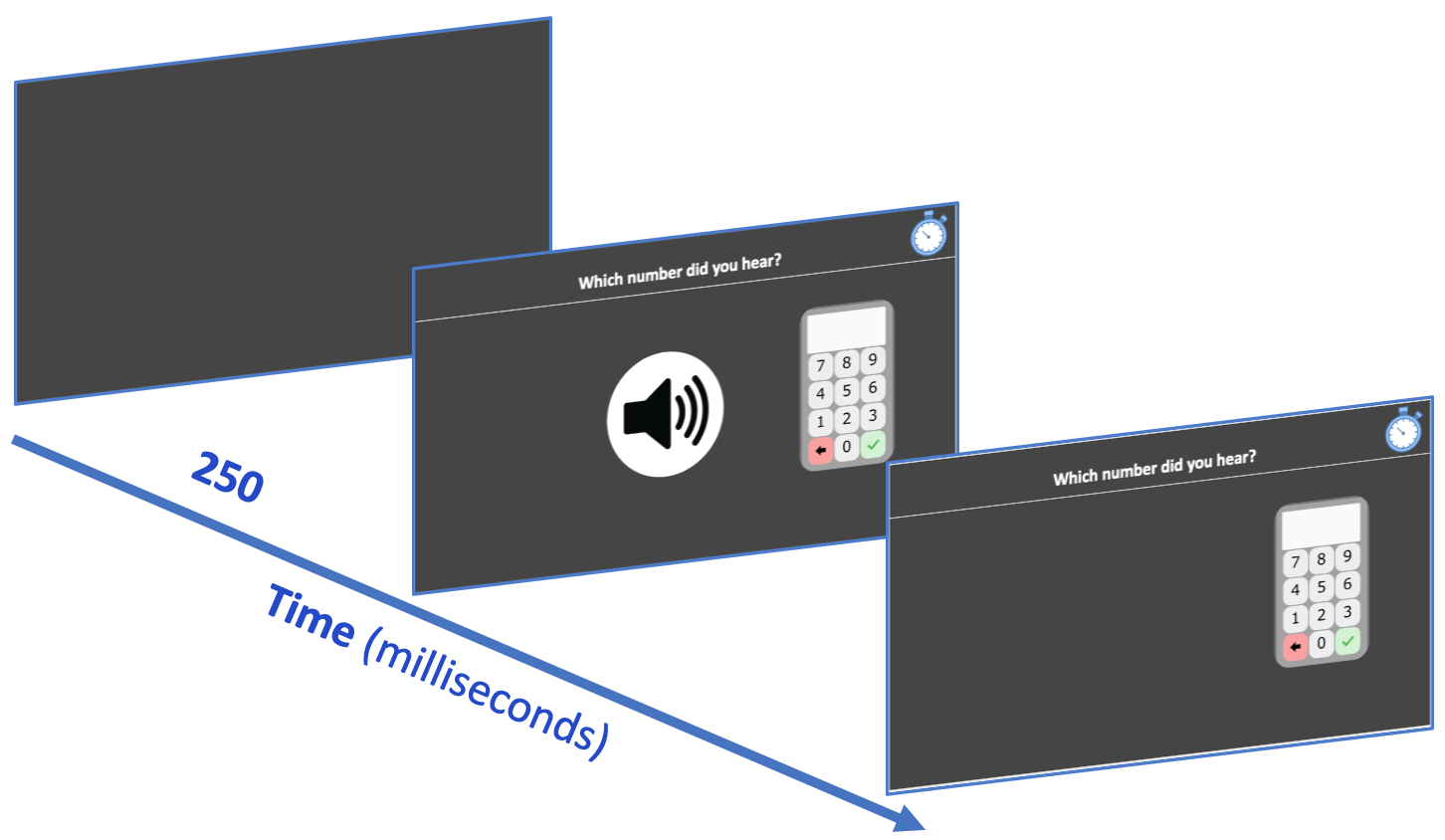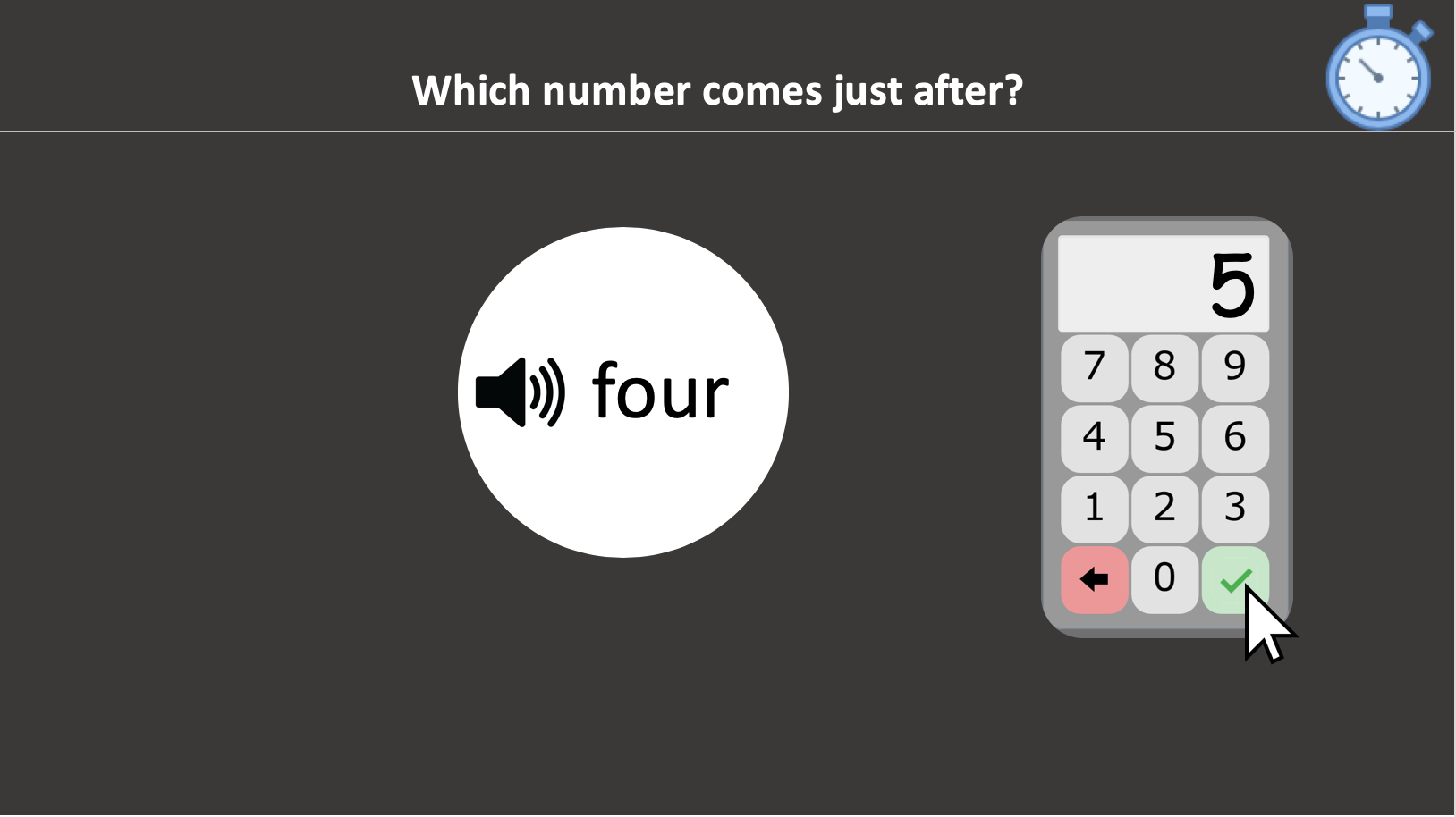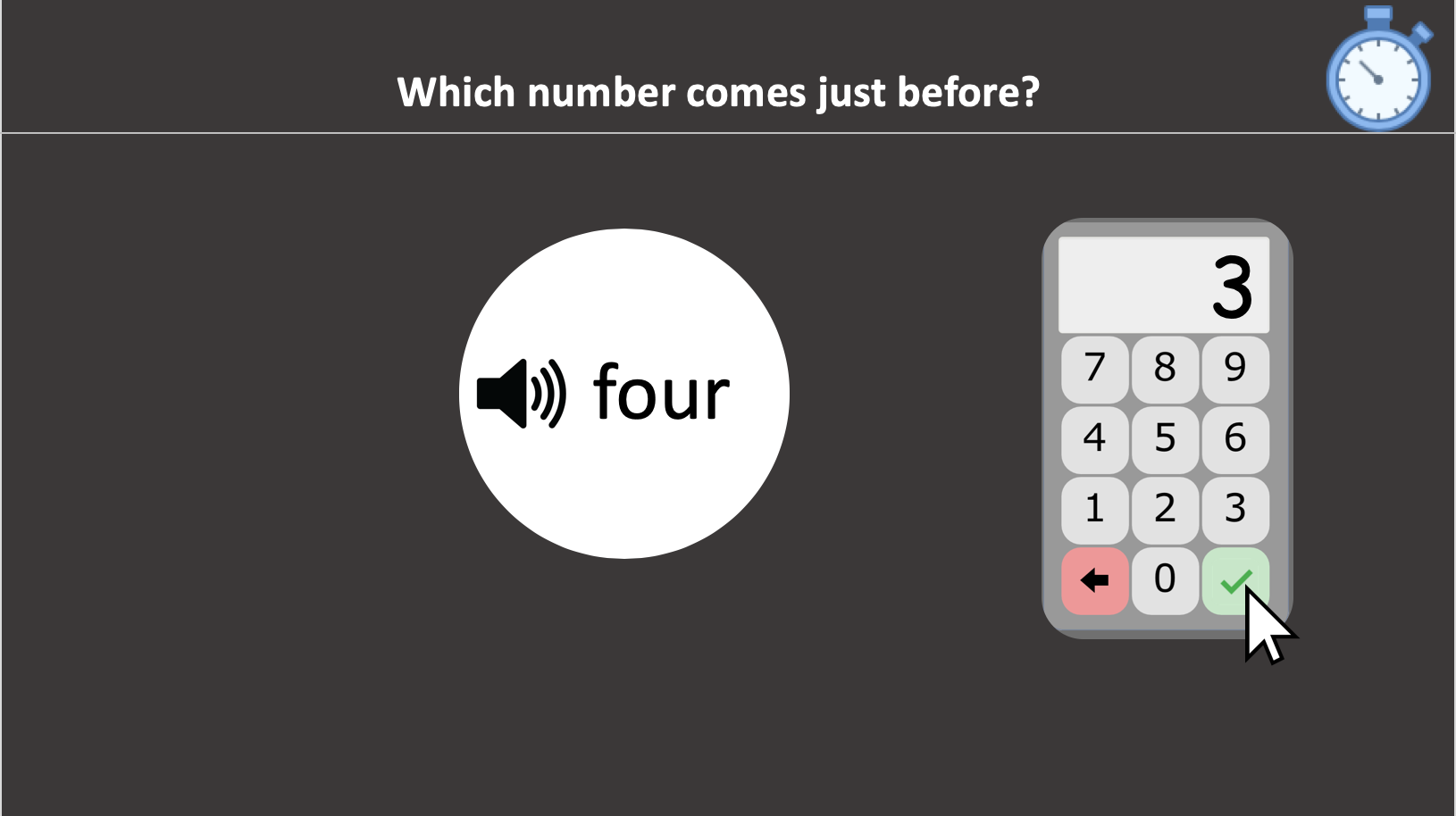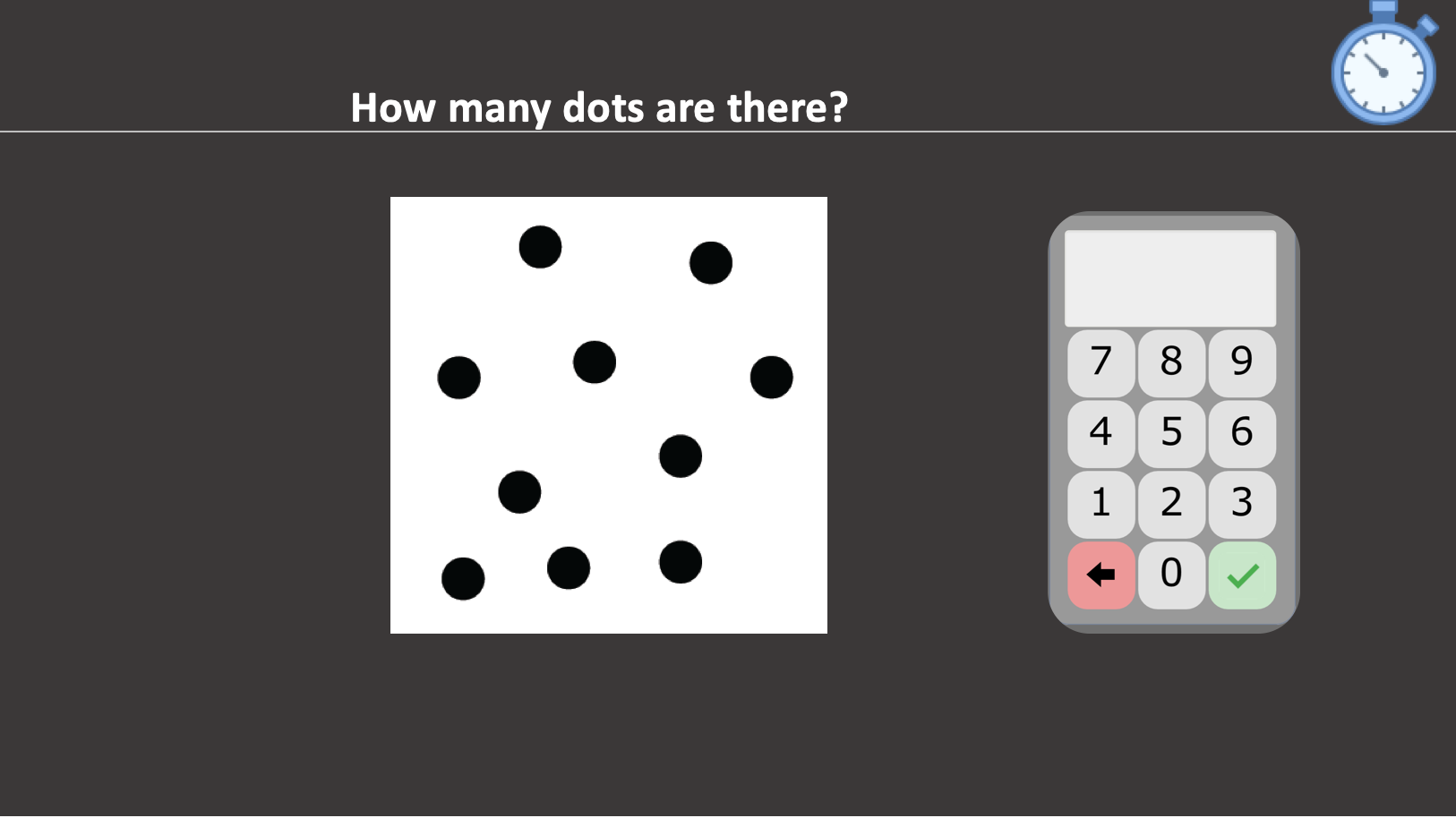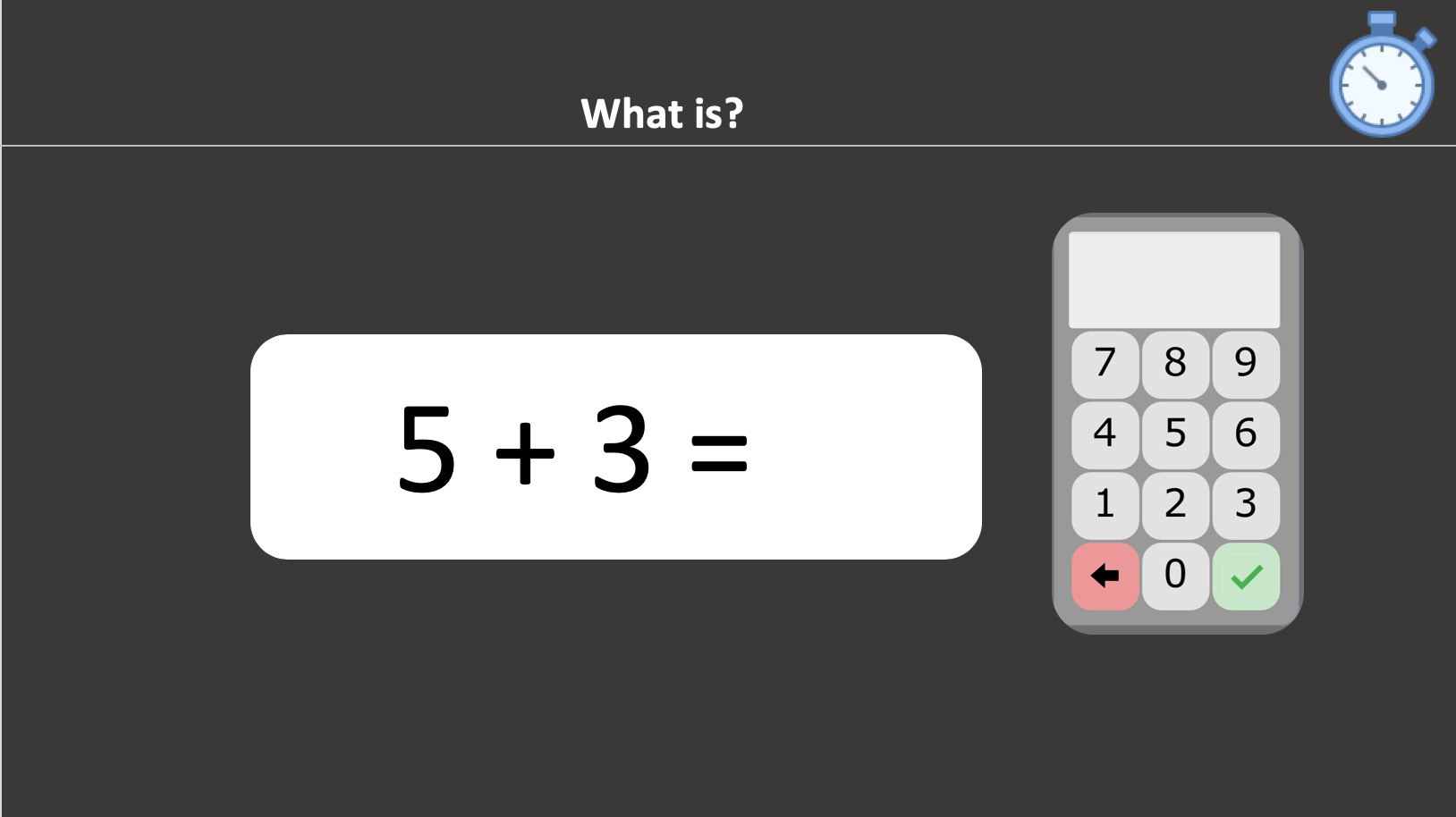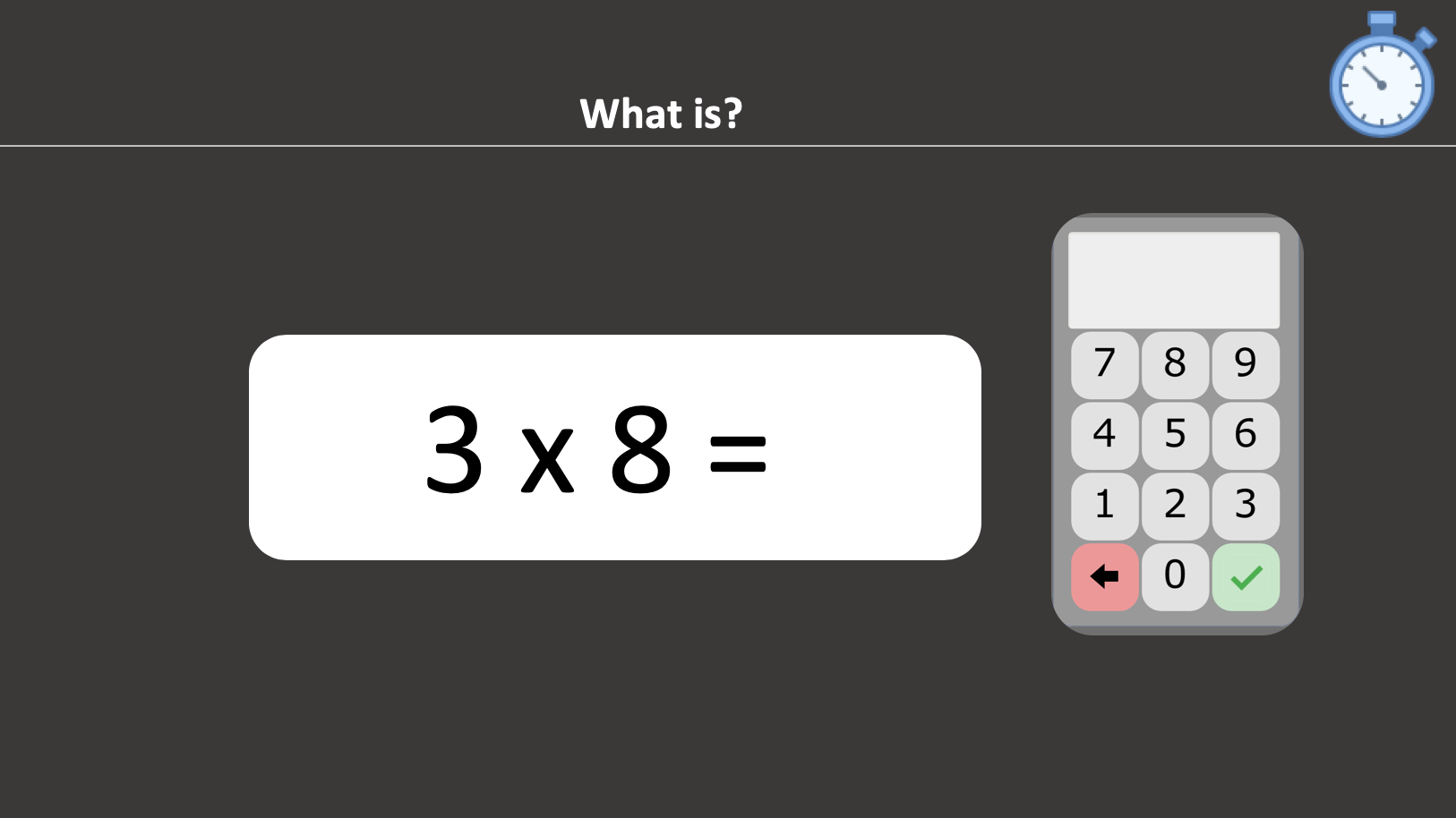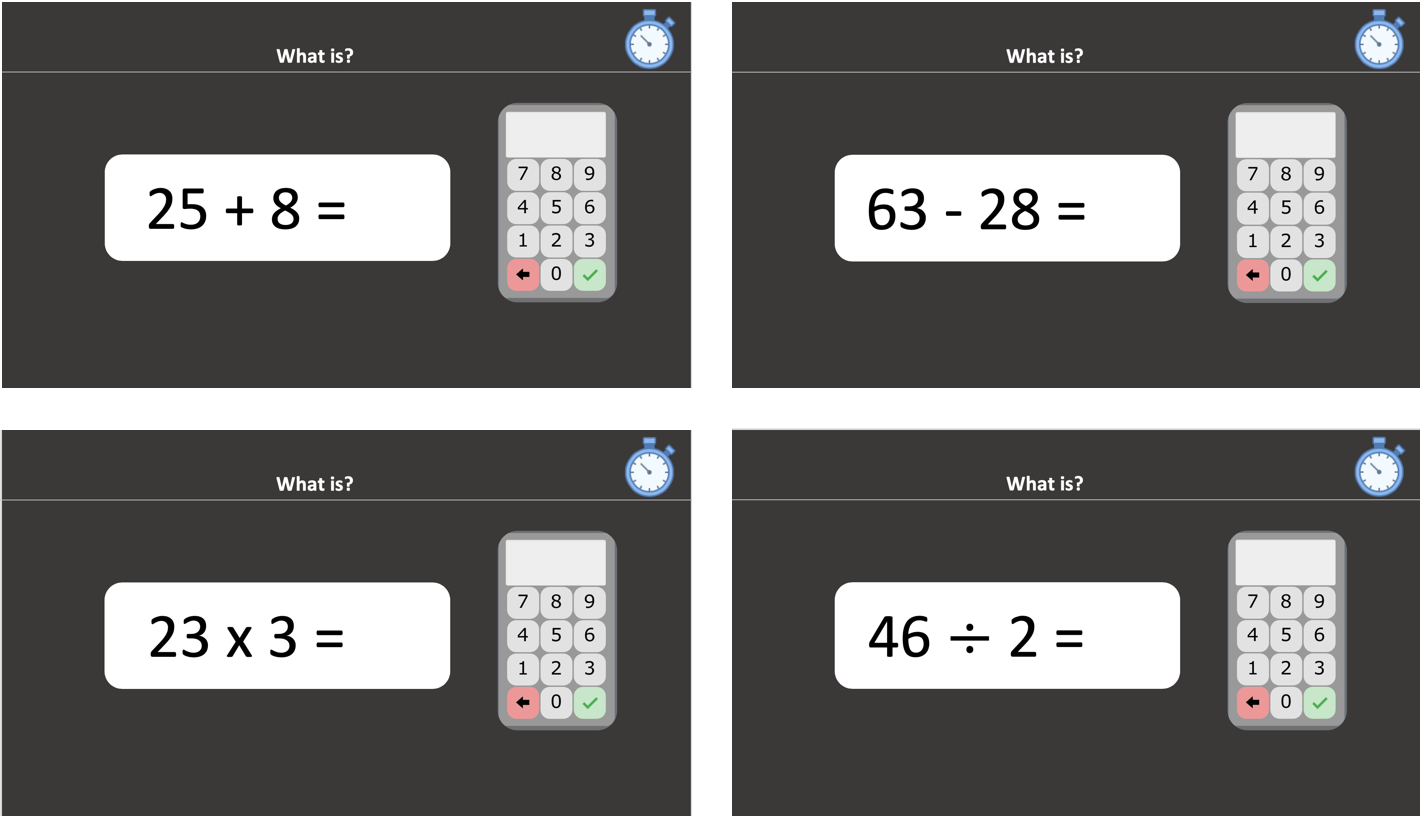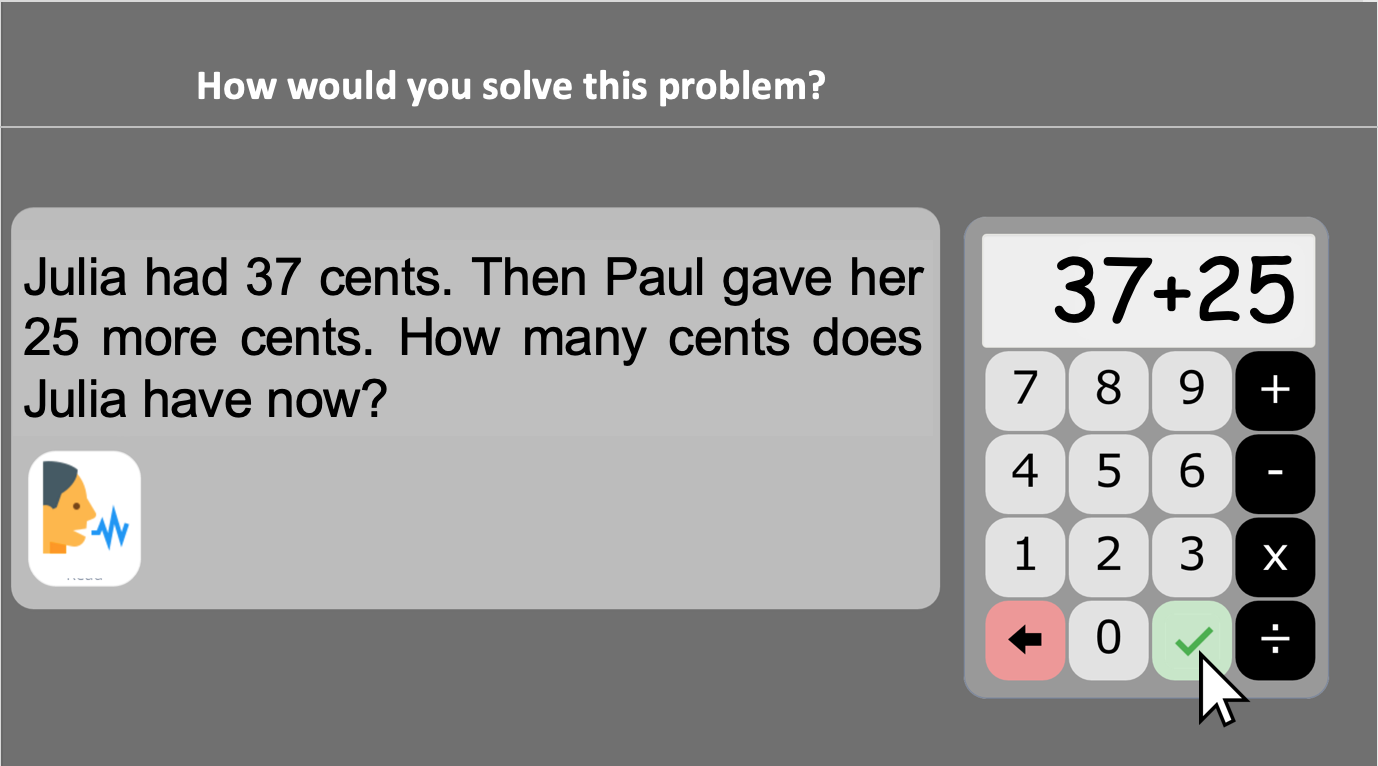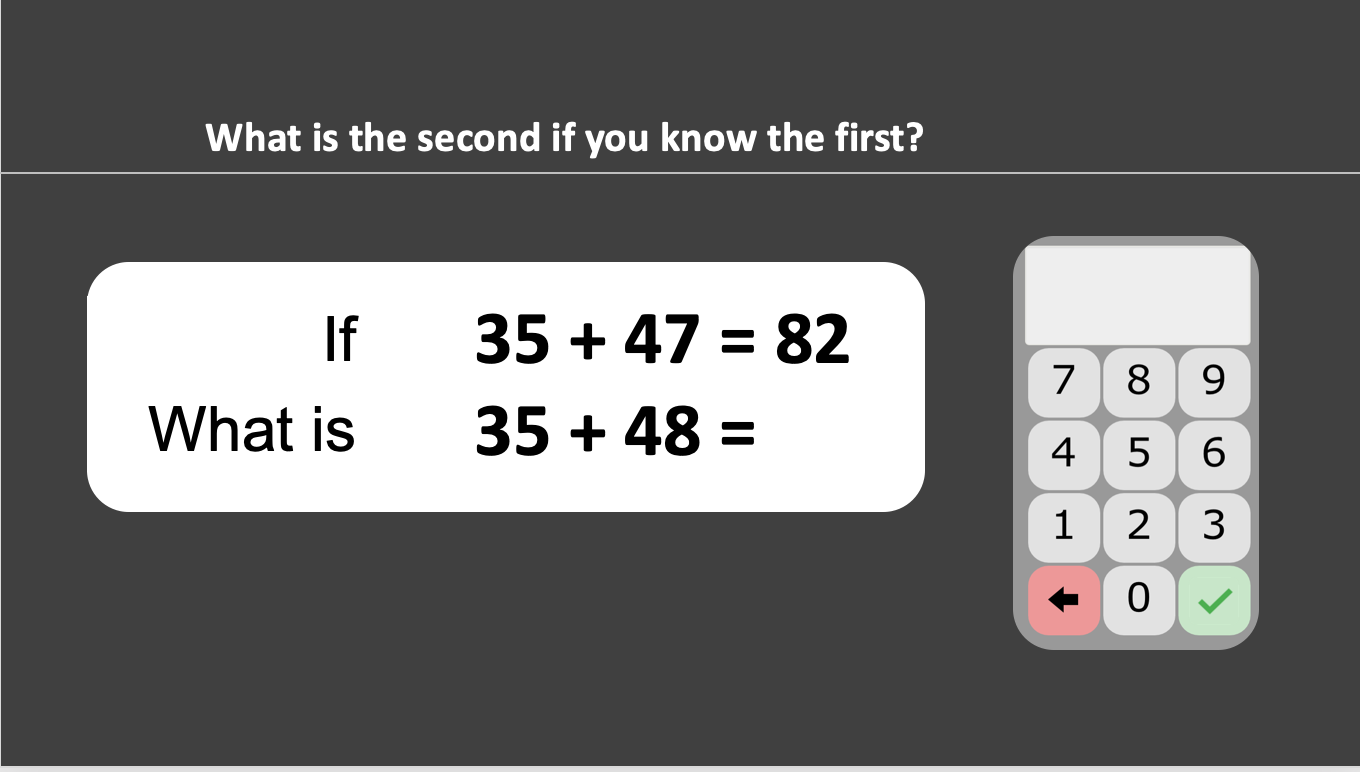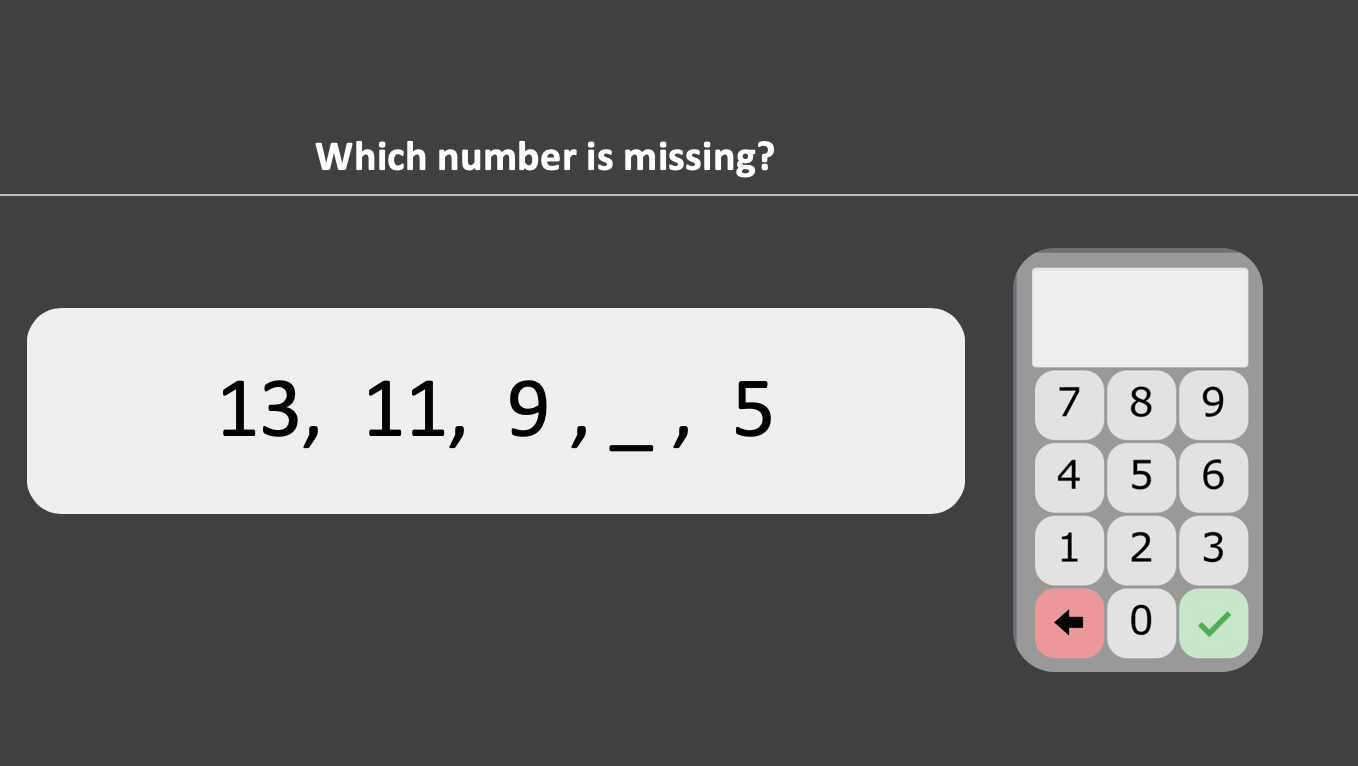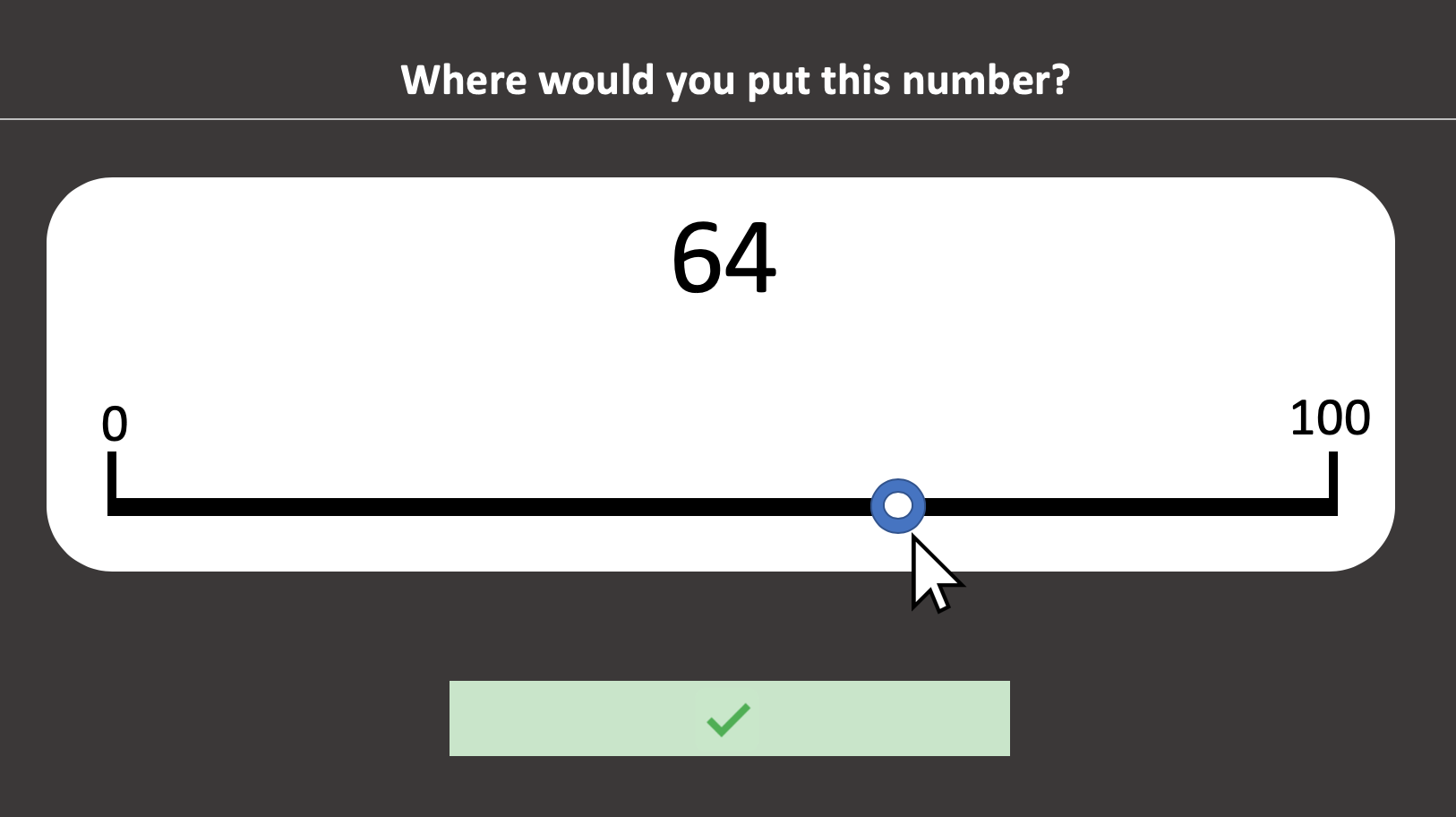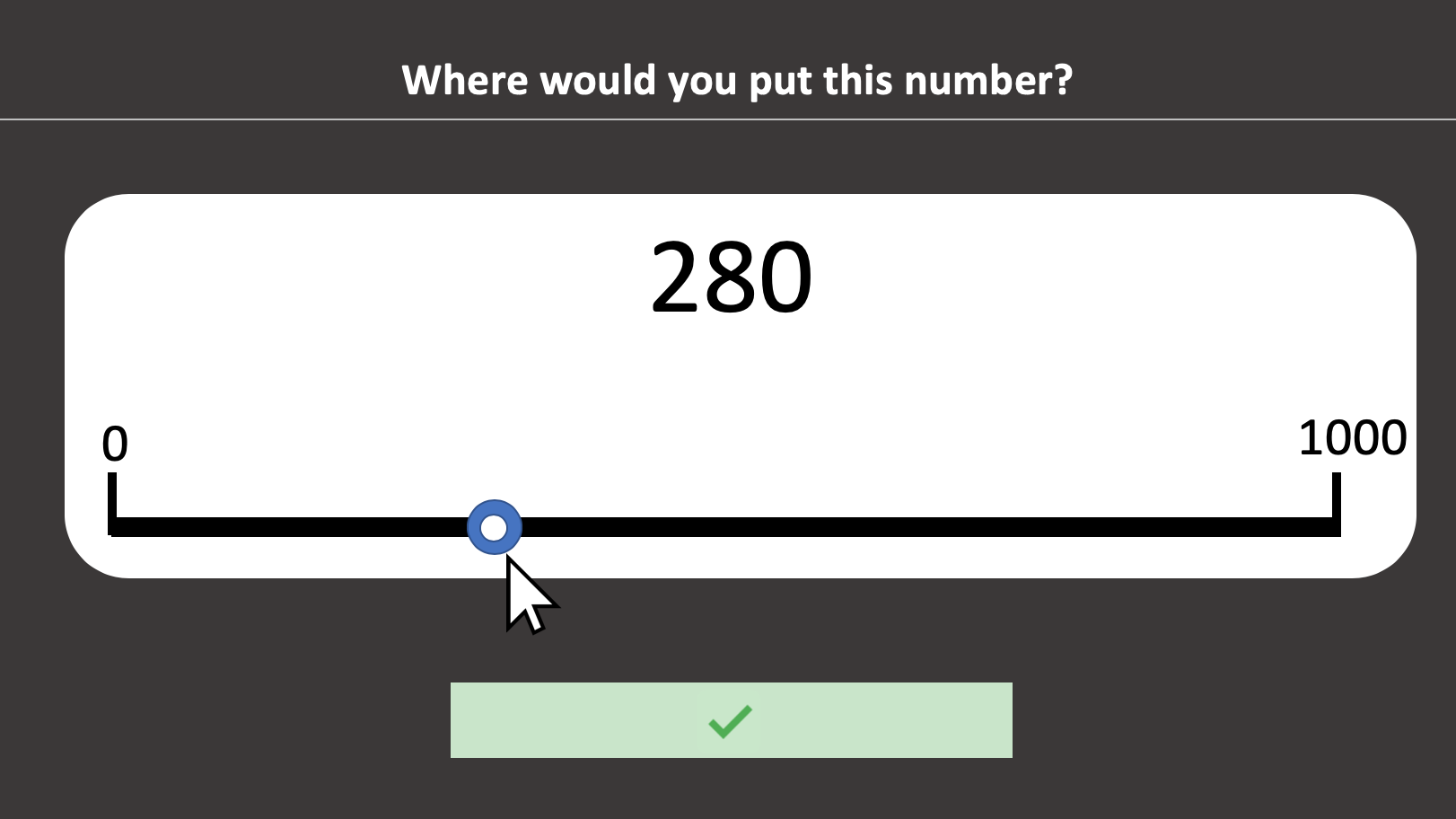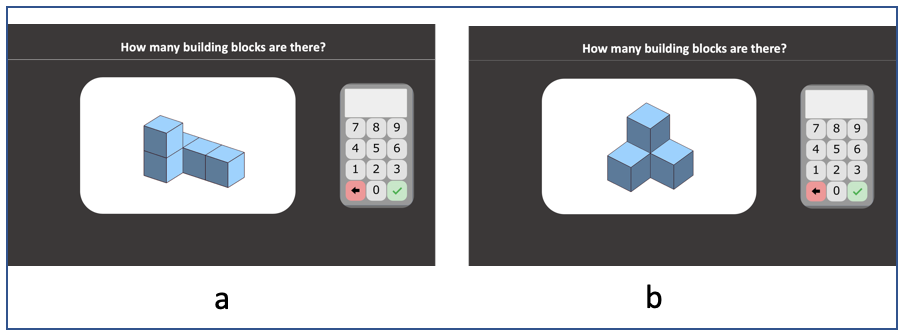Mathematical Profile Test:Assessment through adouble control gate

To whom is it addressed?
- To educators who are interested in to identify students who are experiencing difficulties in Mathematics and need further investigation by an expert.
- To teachers who interested in having an overview of the strengths and weaknesses of the whole class, to adapt their teaching accordingly.
- Τo teachers/experts who are looking for a quick way to assess the performance of students in different mathematical tasks.
- To formal diagnostic bodies for specific learning difficulties who are seeking a short standardized test to assess the mathematical skills.
- To researchers who are looking for a reliable tool to assess mathematical skills.
Who canadminister it?
What are the advantages?
-
It is administered online through a computer or tablet.
-
It takes 15 minutes on average to complete.
-
The child does not have to write or say anything. Responses are recorded in a database and processed in a way that ensures confidentiality.
-
The instructions of the sub-scales are clear and can be repeated on demand by the user. After the video of the instructions, three practice trials follow.
-
The MathPro-S Test can be easily administered both individually and in groups (for example, administered simultaneously to students in a classroom within a class period - in this case headphones are required).
-
In all subscales the accuracy of the answers is recorded.
-
The Results Report is automatically exported, once the test is completed. It includes a description of the sub-scales and how they were scored, the examinee's score per sub-scale via an easy-to-read percentile-graded bar chart, detailed performance tables, and an analysis of the examinee's errors.
-
The automatized process of extracting results without requiring any kind of data to be recorded and sent by the examiner, bypasses the time-consuming process of calculating the raw scores and then converting them to percentile values by the examiner while eliminating any human error in the calculation.
What's the use?
-
To summarise students' strengths and weaknesses in Mathematics by providing a miniature of their individual mathematical profile.
-
The early, valid and reliable identification of students who are struggling in Mathematics or may be experiencing learning difficulties in Mathematics - Dyscalculia and require further assessment.
-
In differentiating mathematics teaching strategies to meet the needs of all students.
The MathPro-S Test subscales
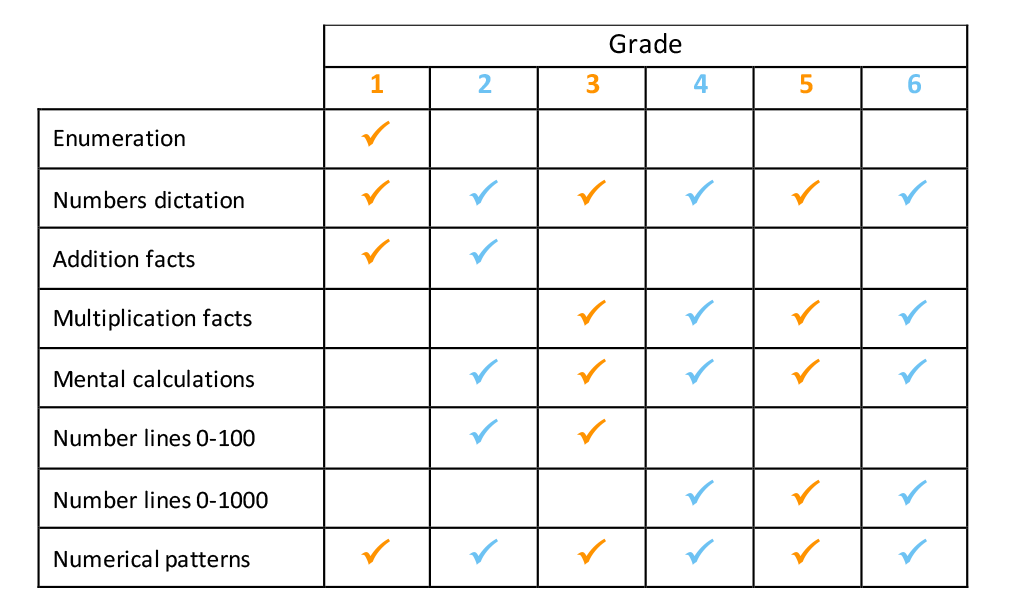
Results report
Upon completion of the MathPro-S Test, a detailed results report of the student is automatically exported.


|
The second control gate takes place through the administration of the full version of the Mathematical Profile Test. The MathPro Test is an online assessment tool for assessing the mathematical skills of Grade 1-6 students. It is a self-administered online tool, which can be administered individually or in groups. It includes 18 subscales which are categorised into mathematical skills based either on specific numerical cognitive systems (number sense) or general domain cognitive skills (memory, visuo-spatial, reasoning).The MathPro Test is considered a reliable and valid tool which can be used both for large-scale studies and for the detailed assessment of the mathematical profile of children with (or without) learning difficulties in mathematics - dyscalculia in order to be used for diagnostic purposes. The in-depth assessment provided by the MathPro Test can be a key tool for diagnosing specific individual mathematical skills deficits. Such an approach is in line with the prevailing view according to more recent scientific findings, which argue that Learning Difficulties in Mathematics (MLD) - Dyscalculia present heterogeneity and therefore should be assessed at an individual level. This is also in line with the way of diagnosing MDM-Dyscalculia recommended by the DSM-V (Diagnostic and statistical manual of mental Disorders) with a parallel assessment of additional cognitive and non-cognitive factors by a multidisciplinary team of specialists. |
To whom is it addressed?
- To experts who want to determine - diagnose whether a child has learning difficulties in mathematics - dyscalculia. In this case it is possible to identify precisely the mathematical domain where the problem occurs.
- To specialists who want to investigate both the strengths and weaknesses of a child in mathematics in order to tailor a teaching programme that is compatible with the individualised mathematical profile of each child, considering mainly his/her strengths.
- To researchers who want to study a wide range of mathematical skills using the most recent methodological tools through a quick and automated way of data collection.
Who can administer it?
The MathPro Test is currently administered and interpreted exclusively by the MathPro Education science team or by researchers upon request.
What are the advantages?
-
It is administered online through a computer, regardless of the user's operating system and geographic location, and is completed in 45-60 minutes on average, depending on the pace of the examinee.
-
All answers are given solely via the computer mouse, so the child does not need to write or say anything. The answers are recorded in a database and processed in a way that ensures their confidentiality.
-
No trained examiner is required to give instructions as these are given by the computer through animations as well as verbal and written instructions. The instructions for each subscale are clear and can be repeated on demand by the examinee. After the video instructions, three practice trials follow.
-
It can be easily administered both individually and in groups. In the case of children with specific learning difficulties, individual administration is recommended.
-
It is automatically adapted to the grade of the student by excluding all and/or part of the trials of particular subscales in early grades.
-
In part of the sub-scales, termination criteria are automatically activated (e.g. after 3 consecutive errors).
-
The data (answers of the examinees) are collected in real time on a central server and can be exported in excel format at any time, making statistical processing very easy.
-
The administration and recording of responses takes place seamlessly even if the internet connection is temporarily interrupted or the connection speed is low.
- The individualized report of the results is automatically extracted immediately after completion of the test and includes scores (percentiles) for each subscale both for accuracy and response time. Finally, an individualised analysis of errors is carried out, which allows a qualitative analysis of the performance of each examinee.
-
The automated process of extracting the results bypasses the time-consuming process of calculating the initial scores and then converting them into percentiles by the examiner while eliminating any human error in the calculation.
What's the use?
- For a detail record of the student's strengths and weaknesses in Mathematics,outlining his/her individual mathematical profile, and highlighting the way in which he/she can learn more effectively Mathematics.
- For a valid and reliable diagnosis of specific mathematical skills deficits at an individual level.
- For the selection of mathematics teaching strategies by experts and teachers, which are compatible with the mathematical profile of each pupil, either to address potential difficulties in mathematics or to improve mathematics achievement , mainly by exploiting pupils' strengths which will compensate for their difficulties, thus providing them with positive motivation to continue, regardless of the specific difficulty a pupil may have been diagnosed with (e.g. dyscalculia, dyslexia, ADHD, autistic spectrum, etc.).
- For conducting large-scale research studies at an international level. The MathPro Test is available and used for research purposes in English, Greek, French, Italian, Maltese and Dutch, and is in the process of being adapted to other languages.
MathPro Test subscales

The creators
How reliable and valid is it?
The MathPro Test has so far been administered to populations of primary education school students (grades 1 to 6) in Belgium (Karagiannakis & Nöel, 2020), Greece (Karagiannakis, Roussos, Polychroni, 2021), Italy (Baccaglini-Frank, Karagiannakis, Pini, Termine & Girelli, 2020), Malta (Farrell, Falzon & Karagiannakis, 2020) and the Netherlands (under publication).
The results of the above studies showed that it is a tool that has a satisfactory degree of internal consistency as well as test - retest reliability. It is observed increased performance of students in the individual subscales across all classes with the level of difficulty of the trials within the subscales varying from grade to grade. Students with math difficulties performed significantly lower on the MathPro Test than their peers. Students' performance on the MathPro Test in all grades was significantly correlated with performance on a standardized math assessment test confirming the convergent validity of the instrument.
In summary, the findings so far strongly support the reliability and validity of the MathPro Test as well as the sensitivity of the instrument to the factors of grade level, subtests difficulty, and math difficulty.


